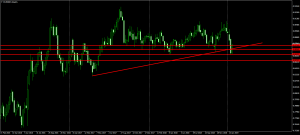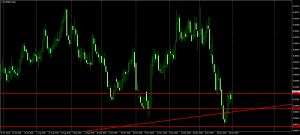The final 2018 growth figures for the Eurozone will have no doubt been a massive disappointment to the ECB. At just 0.2% quarter on quarter, hopes of a bounce back following weakness in Q3 were overly optimistic. Indeed, far from the 2.5% forecast, final GDP for year printed just 1.8%, almost a full percent lower.
German Auto Sector Remains A Drag
The second half of 2018 highlights significant weakness in the German auto sector. Additionally, the fourth quarter marks the “yellow vests” protests in France. In fairness, French GDP held up rather well at 0.3%, given the soft expectations in the wake of massively lower PMIs for December, suggesting that French exports were able to offset weaker consumption growth. Italy, however, was not so fortunate, seeing the growth of -0.2% in the fourth quarter, entering a technical recession and once again fueling the concerns around the fragile state of the third largest economy in the Eurozone. Finally, Germany narrowly avoided a technical recession despite posting its worst growth data in five years in the wake of continued weakness in the auto sector.
Further ECB Support In Question
This latest data comes as a blow to the ECB which, recently announced an end to QE. ECB has been trying to reach policy normalization, but any instruments will be used in a bid to boost inflation. Could this mean that we see the ECB restarting QE at some point? The “downside risks” which Draghi has warned about, grow larger and cast doubt. Eurozone hitting the ECB’s current 2019 growth projections of 1.7% are dim.
Technical Perspective
EUR/GBP is currently fighting to stay back above the broken rising trend line from 2017 lows. After breaking down below the trend line last week, price stalled at a test of structural support at the .8627 level (2018 lows).
Looking at the daily chart, the price currently stalls at a retest of the broken low of .8754 level. While above the .8694 level, the focus remains on further upside.
